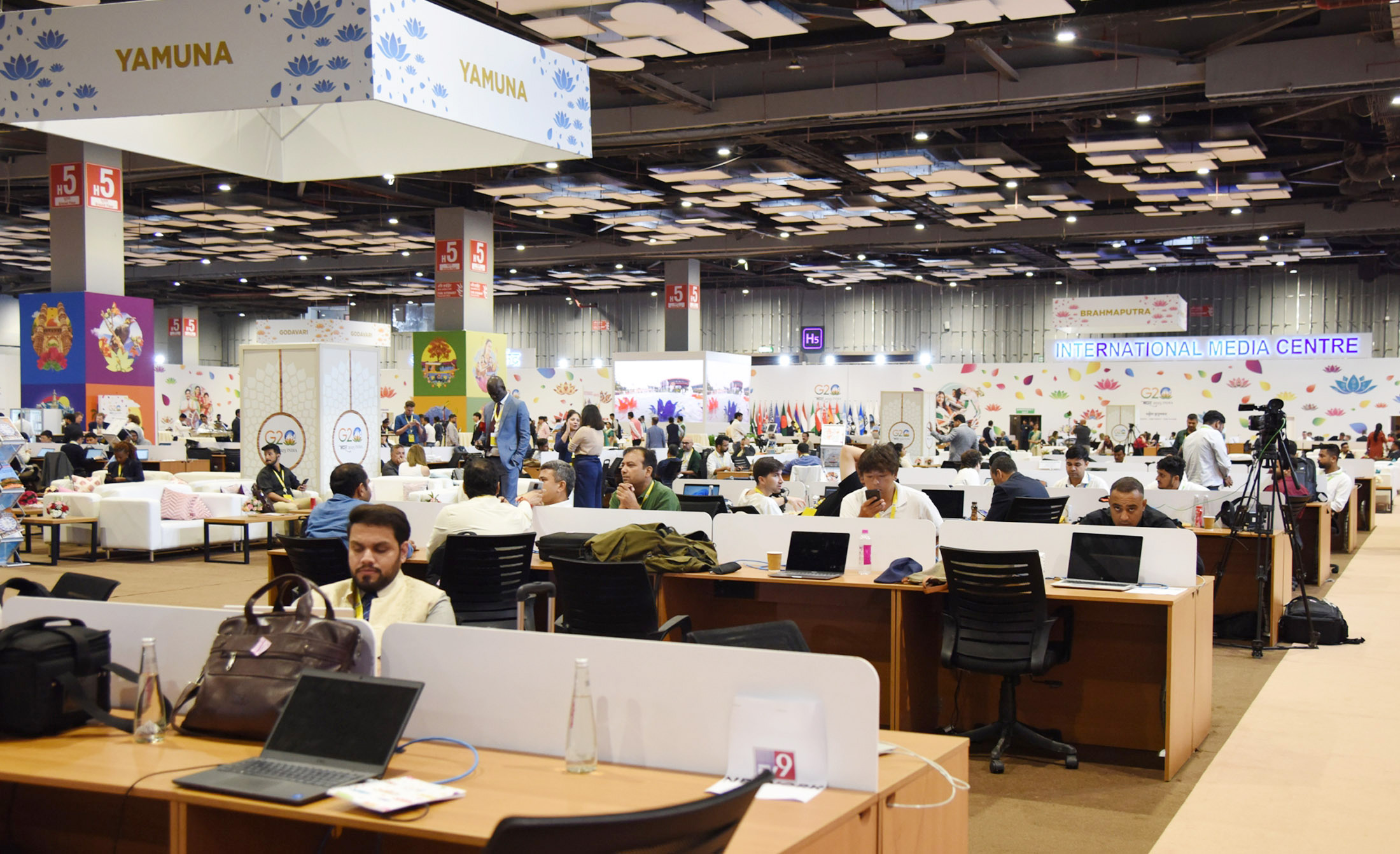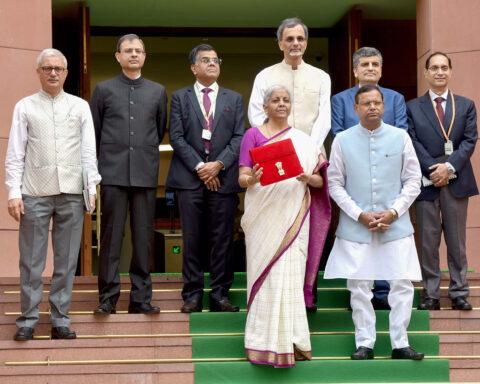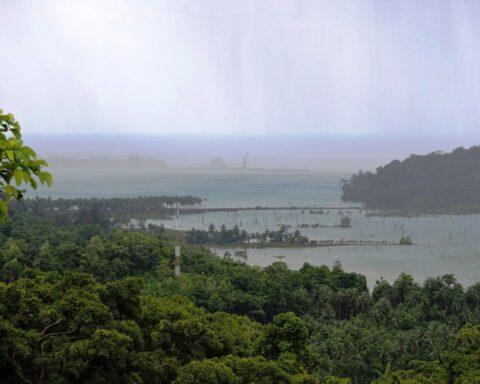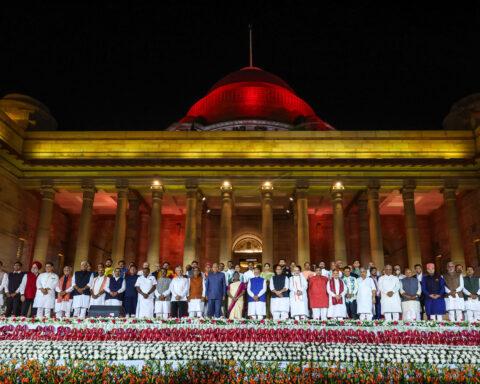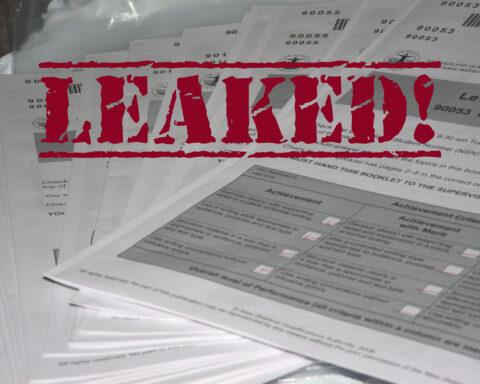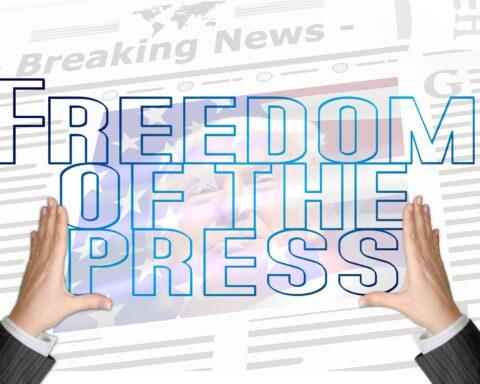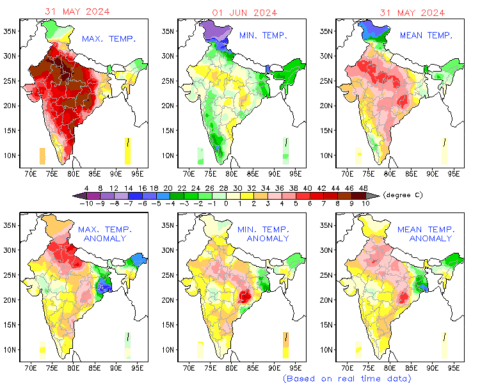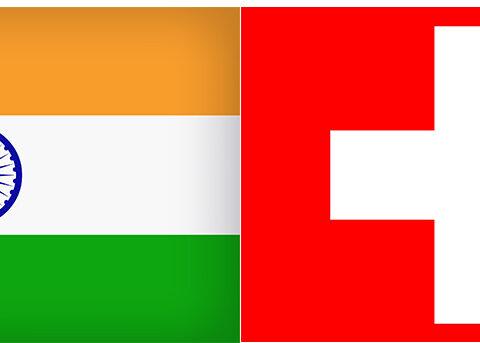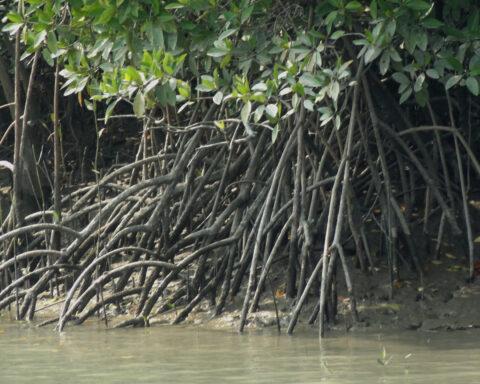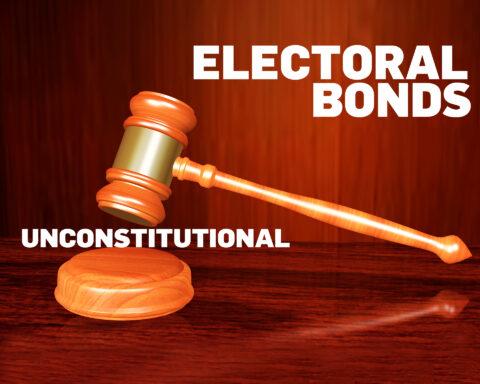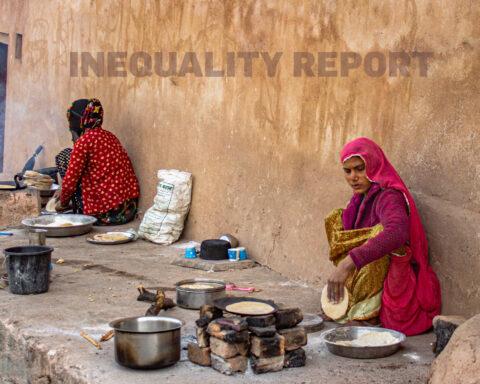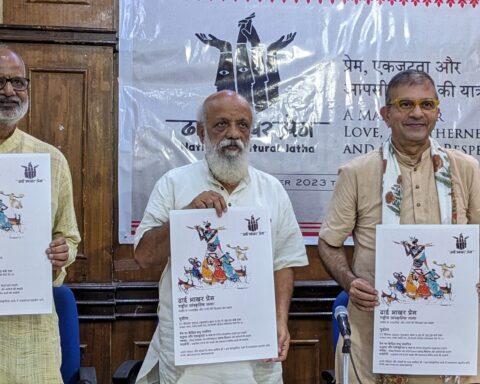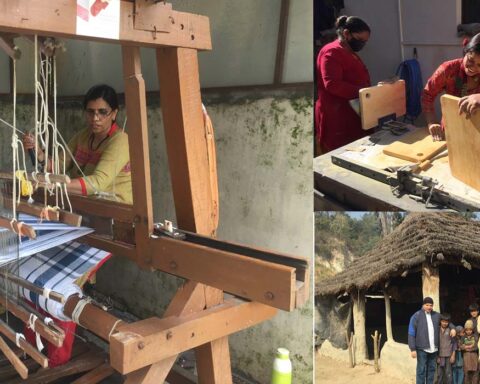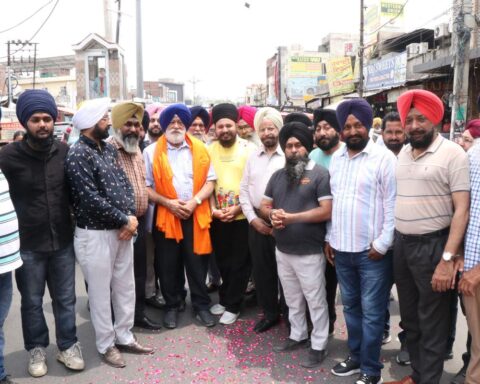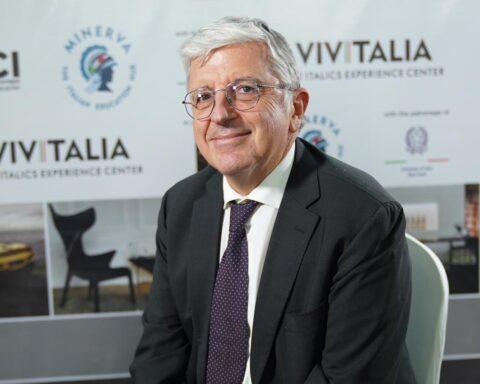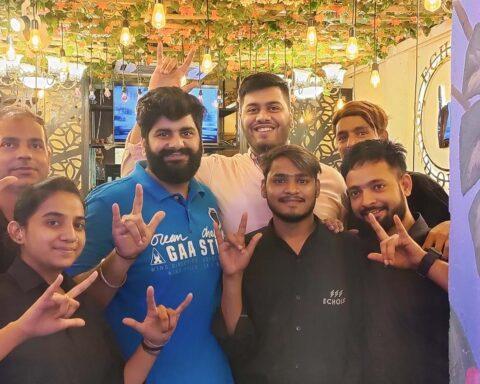Representatives of the international press corps who converged to cover the G20 Leaders’ Summit in New Delhi were content with facilities at the sparkling, sprawling media centre. What they lacked was access to first-hand information.
One such journalist from an Asian country — who had come for the first time to India for such a mega event — acknowledged the facilities and support provided at the venue. He pointed out that he had the experience from earlier meetings that such sessions are not open to the media. Top officials brief the media from time to time about important developments.
However, he contended that meetings on the sidelines, bilateral or pull-aside meetings, are usually followed by a briefing — whether formal or not. At the New Delhi Summit, groups of international journalists had access to their respective state heads but such interactions were not open to reporters from other countries.
Most leaders came accompanied by a media entourage that enjoyed regular briefings and updates. This is a norm, not the rule. Such briefings are usually informal and internal and not accessible to other journalists. Thus, nuggets of information leaked out through friendly insiders or at informal gatherings. The privileged few who could access such information reported it from their own viewpoints.

